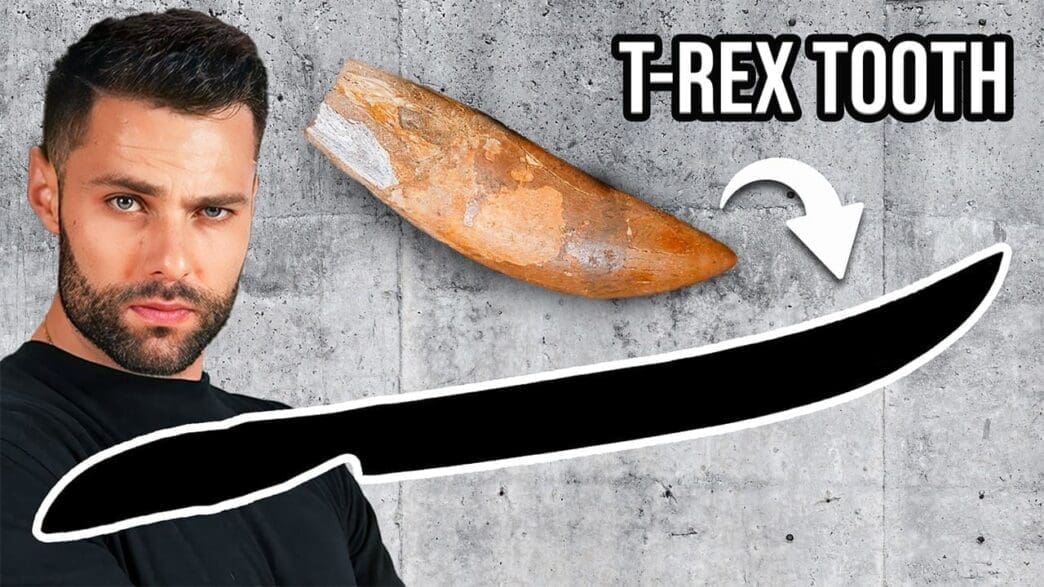In an ambitious endeavor, experts in blade smithing are collaborating to create what is possibly the rarest knife ever made. This intricate process involves a careful selection of extraordinary materials and exceptional craftsmanship.
The journey begins with the selection of materials that are as rare as they are fascinating. The foundational element is high nickel and high carbon steel, layered to form a distinctive Damascus pattern. Adding to the rarity is naturally formed rose gold and a pair of identical diamonds valued at over $10,000. The materials extend to a 4.5 billion-year-old meteorite and a 90-million-year-old T-Rex tooth, introducing elements quite literally not of this earth.
The project is spearheaded by two renowned artisans. Ryan, a Forge and Fire champion, is critical to the process, leveraging his expertise in Damascus steel and gold-covered blades. His partner, Tristan, brings his experience with meteorite and other rare materials, having crafted everything from YouTube subscriber plaques to otherworldly knives.
The initial focus is on creating the blade’s structure using Damascus steel. This process involves tack welding and heating the steel in a forge that reaches temperatures as high as 2500°F. This is followed by applying flux to prevent oxidation, ensuring that the layers adhere properly during the pressing process. The aim is to meticulously shape the blade while controlling its curvature and tip.
Once the initial shaping is achieved, the blade undergoes a quenching process, which rapidly cools it in oil to harden the material. After quenching, the blade is polished using a ceramic belt to reveal the clean material under the forge scale.
The knife’s distinctiveness is further enhanced by embedding diamonds and incorporating an ancient T-Rex tooth into the handle, alongside a unique clasping method to secure these rare elements. The final touch involves applying gold flakes and utilizing mystic acid to unveil the meteorite’s natural patterns.
With the components prepared, the team assembles the knife, a process that culminates in a piece set on a 20,000-year-old Siberian woolly mammoth tusk stand. This knife, adorned with layers of Damascus steel, gold, diamonds, and ancient relics, embodies a remarkable blend of artistry and history.
The completion of this knife signifies more than just a blending of materials; it represents an extraordinary fusion of ancient history and expert craftsmanship. This project showcases the dedication and innovation of two artisans who have pushed the boundaries of what is possible in blade smithing.








